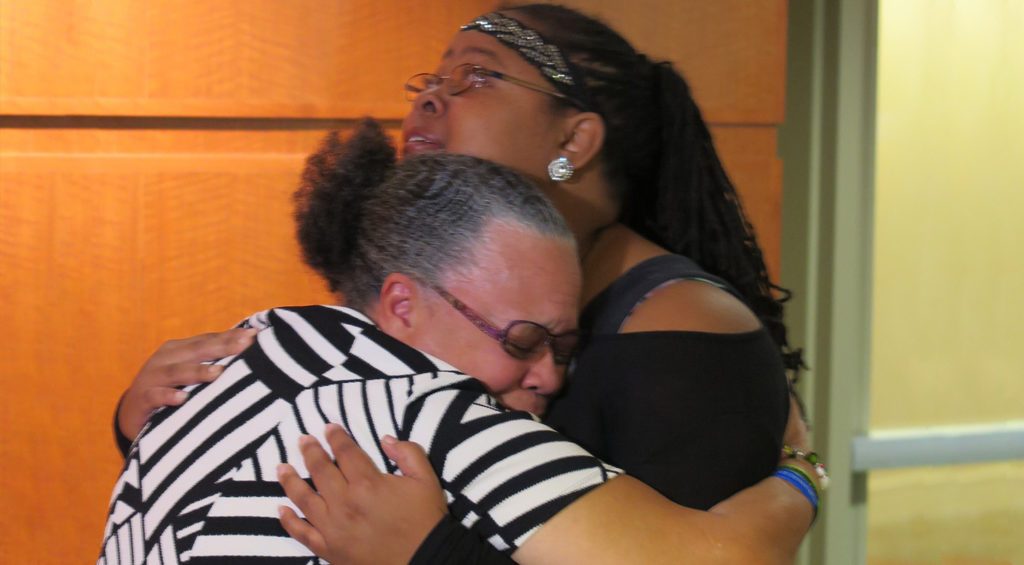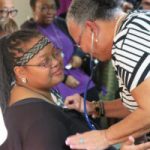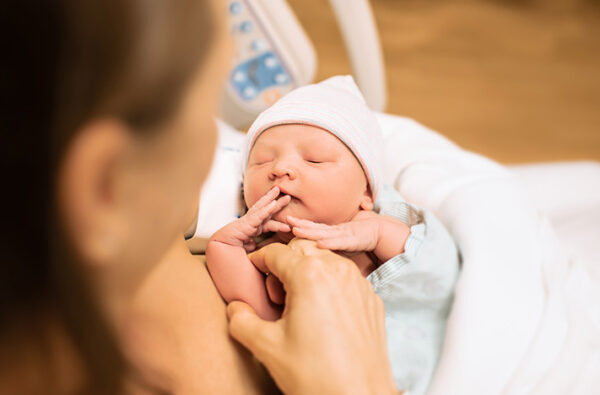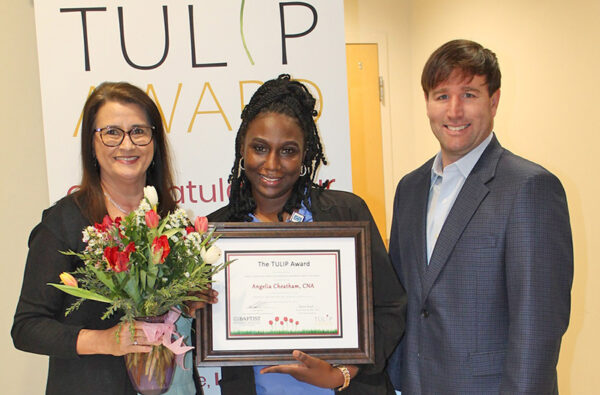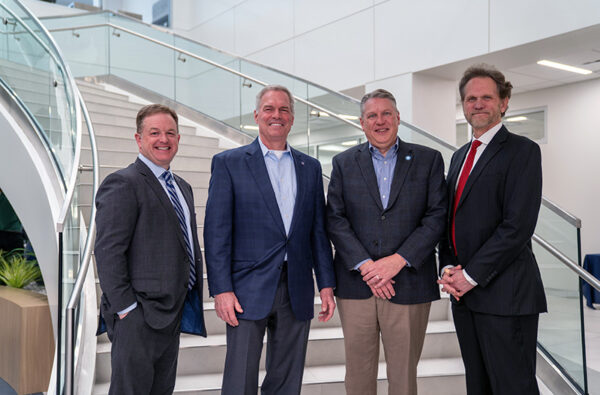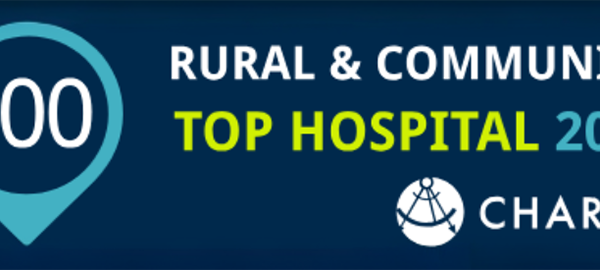Surrounded by friends, family, the Mid-South Transplant Foundation (MSTF) team, and the Baptist heart transplant program team — including heart surgeons Dr. Ed Garrett and Dr. John Craig — Barbara Edmond embraced heart transplant recipient Coasie Parker as the silent crowd watched, many in tears.
It’s not that they were friends or that Barbara was her caregiver. Rather, Coasie received Barbara’s son’s heart after he died in a 2014 car accident. And it was the first time the two women had met since the organ donation.
Barbara Edmond (right) hears her son’s heartbeat for the first time since he passed away in 2014. Coasie Parker (left) received his heart.
Coasie, 37, suffered from Dilated Cardiomyopathy and required a new heart to survive. When Reginald Mercer IV died, his decision to donate his organs changed not only Coasie’s life—but others who received his liver, kidneys, and lungs.
Reginald Mercer IV was killed in a car accident in 2014. His organs saved five lives.
“Miracles happen here at Baptist every day,” said Dana Dye, vice president and administrator and CEO at Baptist Memphis, referring to the transplant team.
Recipients rarely meet a donor’s family but many exchange letters. Coasie and Barbara exchanged letters before the meeting. “It took me years to read the letters from recipients,” said Barbara. Ironically, the pair had met previously when they volunteered for the MSTF—but they didn’t know it until yesterday.
Organ donation is an ironic gift. Barbara, who worked at Baptist for 30 years in the blood bank, felt overwhelmed and without words during the meeting. “I can’t describe it.”
Before parting, Barbara held a stethoscope to Coasie’s heart, listening to her son’s heartbeat for the first time since 2014.
Facts about organ donation
- About 116,000 people are waiting for a donor.
- Of the 58 organ procurement organizations, MSTF ranks #1 in the continental United States for having the highest percentage of African American donors.
- The Baptist transplant team has completed nearly 400 transplants to date with a one-year survival rate of 96%.

